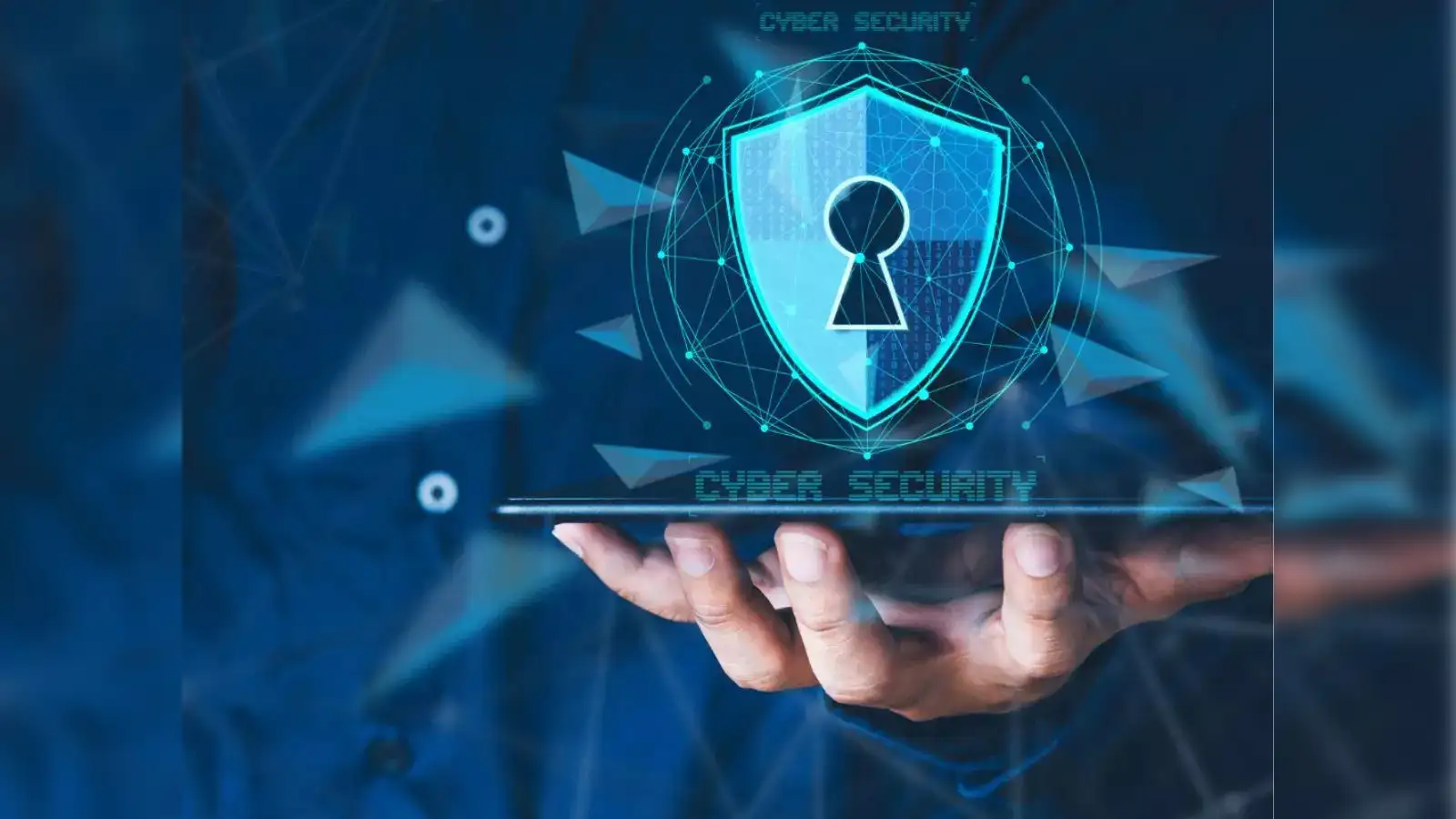In the digital world, where threats lurk behind every click, one of the simplest yet most powerful defenses is often overlooked: keeping your software up to date. Software updates—those pesky pop-ups reminding you to restart your device—aren't just about new features or bug fixes. They're a critical shield against cybercriminals exploiting vulnerabilities. Whether you're using a smartphone, laptop, or even smart home devices, understanding why updates matter can save you from data breaches, malware infections, and financial headaches. In this post, we'll explore the role of updates in cybersecurity, common myths, and easy ways to make updating a habit.
Why Software Updates Are Your First Line of Defense
At their core, software updates patch security holes that hackers love to exploit. Developers constantly discover flaws in code—known as vulnerabilities—that could allow unauthorized access, data theft, or system takeover. For example, an unpatched app might have a weakness letting malware slip in unnoticed.
Cyber attackers scan for outdated systems because they're easier targets. Once a vulnerability is public (often via "zero-day" exploits if discovered by hackers first), the race is on: Developers release patches, but users who delay become low-hanging fruit. Remember the WannaCry ransomware attack in 2017? It spread globally by exploiting a Windows vulnerability that Microsoft had already patched—yet many systems weren't updated, affecting hundreds of thousands of computers.
In today's landscape, with IoT devices and cloud services proliferating, the attack surface is vast. Updates ensure compatibility, improve performance, and often include enhanced security features like better encryption or AI-driven threat detection.
Debunking Common Myths About Updates
Many people skip updates due to misconceptions. Let's clear them up:
- "Updates Are Just Annoying and Slow": While they might interrupt your workflow, the time spent updating pales compared to recovering from a breach. Modern updates are often seamless, running in the background.
- "My Antivirus Protects Me Enough": Antivirus is great, but it can't fix inherent software flaws. Updates address the root issues that antimalware might only detect after the fact.
- "I'm Not a Target": Hackers don't discriminate—automated tools scan millions of devices daily. Even personal devices hold valuable data like emails or banking info.
- "Updates Break Things": Rarely, but reputable developers test rigorously. If issues arise, rollbacks or support are available.
Practical Tips for Staying Updated
Making updates routine doesn't have to be a chore. Here's how to integrate them into your life:
- Enable Automatic Updates: On Windows, macOS, iOS, or Android, turn on auto-updates for OS and apps. This ensures patches apply without manual intervention.
- Schedule Regular Checks: For devices without auto-options (like some routers), set a monthly reminder to check for firmware updates via the manufacturer's site.
- Use Update Managers: Tools like those in app stores (Google Play, Apple App Store) or software like PatchMyPC centralize updates for efficiency.
- Prioritize Critical Patches: Follow security advisories from sources like the U.S. Cybersecurity and Infrastructure Security Agency (CISA) to know when urgent updates drop.
- Backup Before Updating: Always have data backups—cloud or external drives—to mitigate any rare glitches.
For businesses, implement centralized patch management systems to enforce updates across networks, reducing human error.
Wrapping Up: Update Today for a Safer Tomorrow
Software updates are more than maintenance; they're a proactive step in cybersecurity hygiene. By staying current, you close doors to opportunists and contribute to a more secure digital ecosystem. Next time that update notification appears, hit "Install" with confidence—it's a small action with big protection. Start auditing your devices now, and make updating as habitual as locking your front door.

